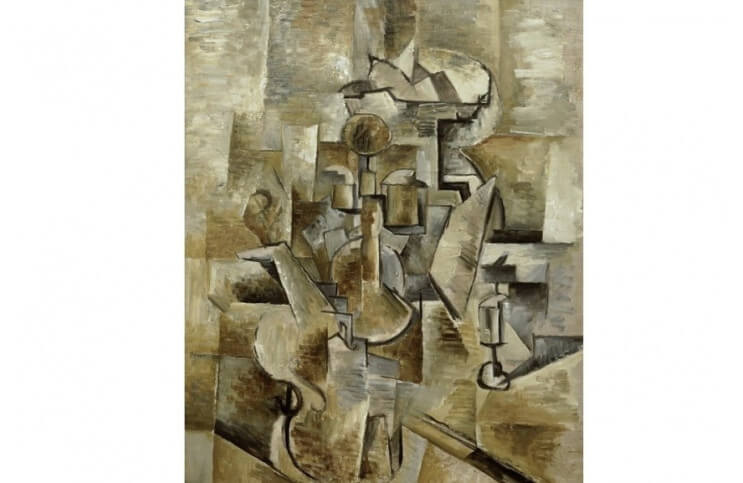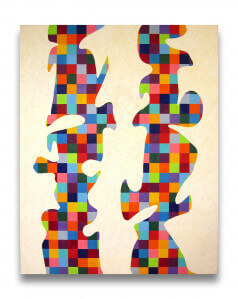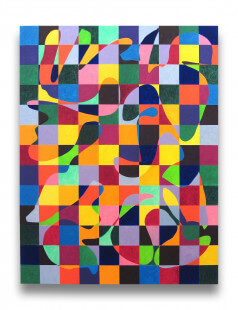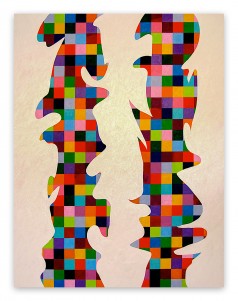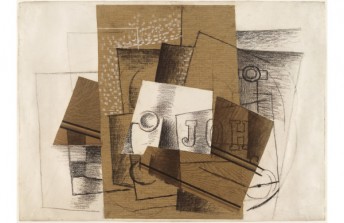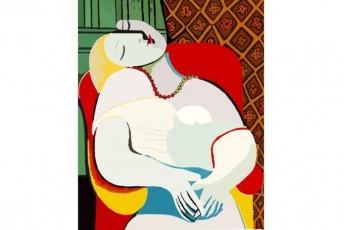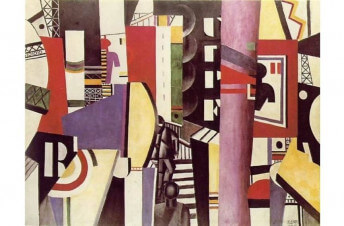6 Cubism Facts You Must Know
Apr 8, 2016
Today, Cubism is widely considered as an innovative and intellectually stimulating art movement. We admire Cubist works for their uniqueness and beauty. But the Cubism facts tell a different story about the movement’s early days. Cubism’s origins were tumultuous. Critics originally derided the style, and many in the public considered Cubist paintings repulsive. Here are six Cubism facts to help explain the nature and origins of this misunderstood style, which became one of the abstract art’s most influential movements.
1. Cubism Was Invented By Pablo Picasso
Picasso’s painting Les Demoiselles d'Avignon, painted in 1907, is considered the essential “proto-Cubist” painting. The work combined three elements that became fundamental to the Cubist approach: flatness, geometric reduction and a multiplicity of perspectives. Flatness was achieved through a lack of shading, bringing the background and foreground together without assigning preference to either. The use of geometric shapes simplified the forms, reducing the visual vocabulary of the subject matter. The use of multiple perspectives showed the subjects from several simultaneous points of view.

Pablo Picasso - Les Demoiselles d'Avignon, 1907, 243.9 cm × 233.7 cm (96 in × 92 in), Museum of Modern Art
2. Picasso Was Inspired by Seurat and Cézanne
In 1884, Georges Seurat originated a painting style called Chromoluminarism (a.k.a. Divisionism), which involved composing an image entirely of tiny dots, or patches of color, in an attempt to achieve the maximum amount of luminosity. This was the beginning of the attempt to achieve a more realistic reality through abstraction. In 1906, Paul Cézanne died, and Picasso paid new attention to his later works, especially noting their perfect manifestation of Post-Impressionist flatness. For centuries, painters used perspective to achieve depth to give their paintings three-dimensional qualities. Cézanne fully embraced painting’s two-dimensional nature, abandoning depth in order to bring attention to the surface, drawing attention to the essential difference between paintings and reality.
3. Cubism Is Considered the First Abstract Art Movement
Although Seurat, Cézanne and many others had been moving toward abstraction since the late 1800s, Cubism is considered the first movement aimed at explicit attempts to abstract the subject matter of paintings. Cubism was a specific scientific approach involving a limited color palette, forms reduced to geometric shapes, limited shading to flatten the surface and the presentation of subject matter from multiple simultaneous perspectives. The results were intentionally, unavoidably abstract. This confident, intentional alteration of visual information influenced every other abstract art movement to come.
 Fernand Leger - Nude Model in the Studio, 1912-13, oil on burlap, 128.6 x 95.9 cm, Solomon R. Guggenheim Museum, New York
Fernand Leger - Nude Model in the Studio, 1912-13, oil on burlap, 128.6 x 95.9 cm, Solomon R. Guggenheim Museum, New York
4. Cubism is Actually a Form of Realism
Cubism’s paradox is that the goal of its abstract approach is to achieve a greater sense of reality. Think back to Seurat’s attempt to achieve greater luminosity by not pre-mixing colors, but rather creating the sense of unified colors through small dots and patches of different colors. Cubism similarly postulated that reality is not perceived from a single vantage point. Humans perceive objects by looking at them from every possible perspective. We combine those perspectives with memories of how objects look at different times of day, in different lighting, both while standing still and while moving. Our minds then combine those points of view to come up with representative concepts of reality. Cubism was an attempt to achieve that same hyper-realistic sense of life through abstraction. In a way the style was four-dimensional by combining length, area, volume and the passage of time.
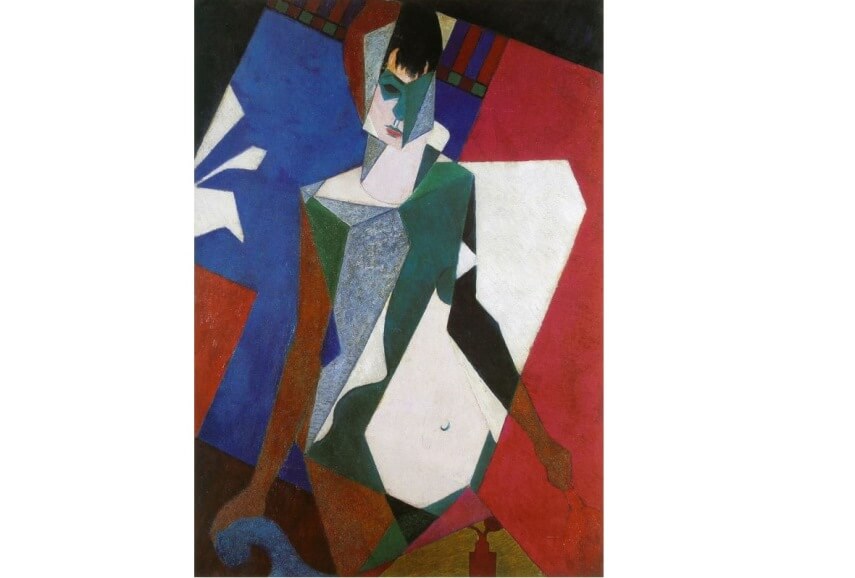 Jean Metzinger - Femme au miroir, 1916, oil on canvas, 92.4 x 65.1 cm, Private Collection
Jean Metzinger - Femme au miroir, 1916, oil on canvas, 92.4 x 65.1 cm, Private Collection
5. Cubism Was Originally Considered Scandalous
The idea of painters not objectively replicating the world was anxiety inducing to early 20th Century art critics. Abstraction was heretical. The French art critic Louis Vauxcelles insultingly referred to paintings by Picasso and Georges Braques as being composed of “little cubes.” But another critic, Guillaume Apollinaire, embraced the term, using Cubism to describe the work of the Puteaux Group, France’s leading Cubists, who exhibited together for the first time publicly in 1911, at the Salon des Indépendants in Paris.
 Dana Gordon - Endless Painting 1 , 2014, 78 x 59.8 in
Dana Gordon - Endless Painting 1 , 2014, 78 x 59.8 in
6. Cubism’s First Public Exhibition Didn’t Include Picasso
The 1911 Salon des Indépendants ironically didn’t include Picasso or Braque, Cubism’s two founding fathers. It did include many of their associates, including Jean Metzinger, Albert Gleizes, Robert Delaunay , and one of the few female Cubists, Marie Laurencin. This influential group of painters called themselves the Puteaux Group because they met regularly and talked about art at the studio of Marcel Duchamp and his two brothers, which was located in the Parisian suburb of Puteaux.
Featured Image: Georges Braque - Violin and Candlestick, 1910, oil on canvas, 60.96 x 50.17 cm, San Francisco Museum of Modern Art (SFMOMA), © Georges Braque / Artists Rights Society (ARS), New York / ADAGP, Paris
All images used for illustrative purposes only
By Phillip Barcio
